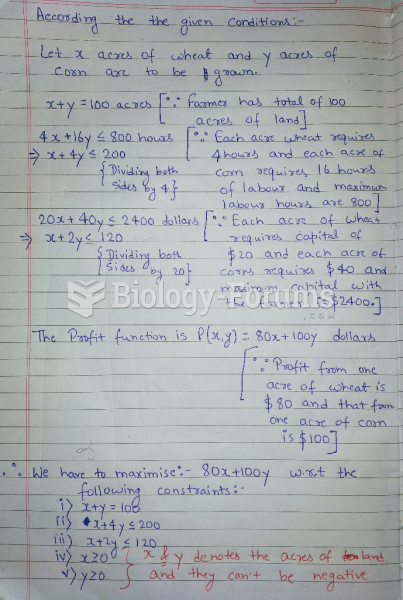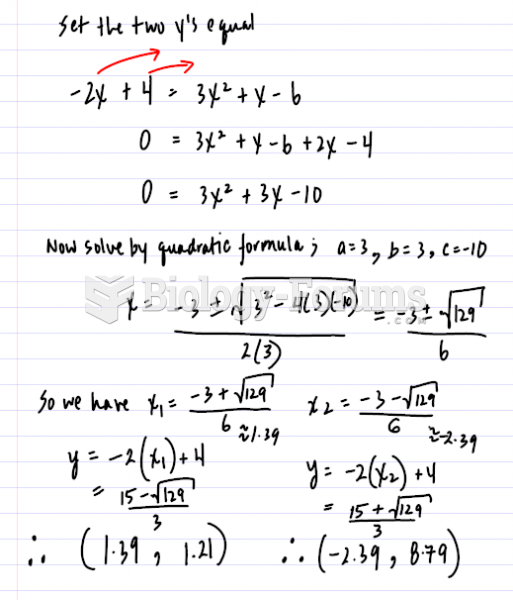If L represents angular momentum, I represents rotational inertia, p represents linear momentum, m represents mass, and r represents a distance, which of the following can represent kinetic energy?
a. p2/2m
b. L2/2I
c. rpI
d. all of the above
e. both (a) and (b)
Question 2
A space station out beyond the solar system is rotating with constant angular velocity. A spaceship heading into the station along a diameter of the station, uses its rockets to brake, and then docks inside the station at its center. When the spaceship docks, the angular momentum of the system consisting of the station and ship
a. is less than the original angular momentum of the station.
b. is the same as the original angular momentum of the station.
c. is greater than the original angular momentum of the station.
d. is less than the original angular momentum of the station, but the angular velocity increases.
e. is greater than the original angular momentum of the station, but the angular velocity decreases.
Question 3
A hockey puck traveling at speed v on essentially frictionless ice collides with one end of a straight stick lying flat on the ice and sticks to that end. In this collision
a. momentum is conserved.
b. angular momentum is conserved.
c. energy is conserved.
d. all of the above are conserved.
e. only momentum and angular momentum are conserved.
Question 4
A hockey puck traveling at speed v on essentially frictionless ice collides elastically with one end of a straight stick lying flat on the ice. In this collision
a. momentum is conserved.
b. angular momentum is conserved.
c. energy is conserved.
d. all of the above are conserved.
e. only momentum and angular momentum are conserved.
Question 5
When an object is effectively isolated from external torques, like an ice skater twirling on the tip of one skate, the angular momentum of the object
a. can be increased by shifting mass out away from the axis of rotation.
b. can be decreased by shifting mass out away from the axis of rotation.
c. can be increased by shifting mass in toward the axis of rotation.
d. can be decreased by shifting mass in toward the axis of rotation.
e. cannot be changed except by friction at the point of contact.
Question 6
Stars originate as large bodies of slowly rotating gas. Because of gravity, these clumps of gas slowly decrease in size. The angular velocity of a star increases as it shrinks because of
a. conservation of angular momentum
b. conservation of linear momentum
c. conservation of energy
d. the law of universal gravitation
e. conservation of mass
Question 7
A solid cylinder of radius R = 1.0 m and mass 10 kg rotates about its axis. When its angular velocity is 10 rad/s, its angular momentum (in kg/m2/s) is
a. 50.
b. 20.
c. 40.
d. 25.
e. 70.
Question 8
A car of mass 1000 kg moves with a speed of 50 m/s on a circular track of radius 100 m. What is the magnitude of its angular momentum (in kg/m2/s) relative to the center of the race track?
a. 5.0 102
b. 5.0 106
c. 2.5 104
d. 2.5 106
e. 5.0 103
Question 9
A uniform solid sphere rolls without slipping along a horizontal surface. What fraction of its total kinetic energy is in the form of rotational kinetic energy about the CM?







